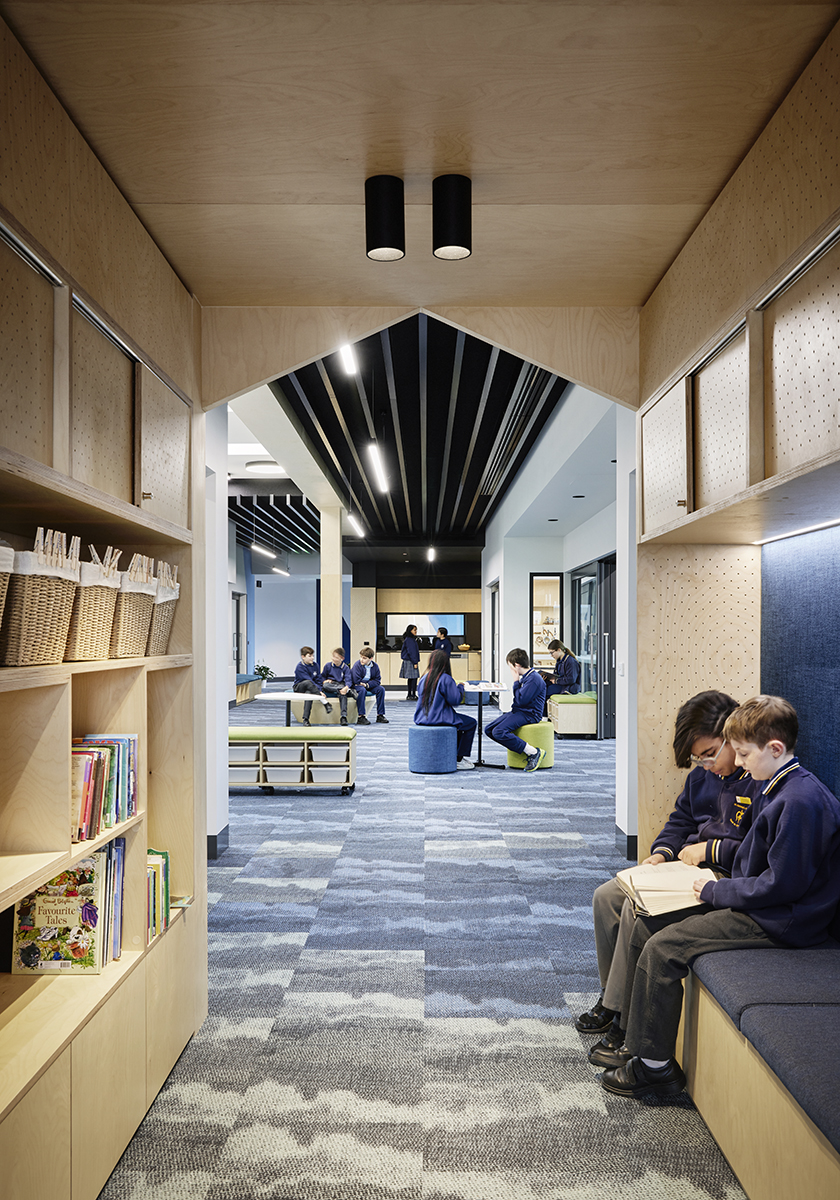22—06—2023
What are the differences in timber species used to create plywood panels?
With the many styles and colour variations available, plywood panels offer an almost endless array of design options. However, aside from these obvious visual differences, the timber species you select plays a big part in the aesthetics and the longevity of your design too.
From the appearance of the grain and the natural variations in colour, to the strength and robustness of the timber, each species has its own unique characteristics. So with this in mind, how do you know which timber is the best choice for your project?
To help you find the ideal fit, in this article, we’ll take a look at five commonly selected timbers for plywood – Baltic Birch, Monterey Pine, Hoop Pine and Okoume – and provide an overview of their key characteristics and best applications.
Rock Maple
Predominantly grown in North America, Rock Maple is an attractive hardwood valued both for its versatility and superior strength. With a light colour and intricate grain it can be used for a wide range of applications, including interior walls and ceilings, making it a popular choice for specifiers looking for a durable and aesthetically pleasing finish. This maple species is also known as the Sugar Maple, as it is the same tree that is tapped for maple syrup. In recent times, it has become more widely used in Australia as an alternative to Baltic Birch, as supplies have been adversely impacted.
Baltic Birch
One of the most popular timbers for plywood, Baltic Birch is a fantastic choice for a broad range of applications. Baltic Birch is the general term used for birch sourced for plywood, as it can originate from any of the birch species found across the Baltic states and surrounding areas. As a premium hardwood ply product, Baltic Birch is highly sought after for both its aesthetic appeal and superior strength and durability. When finished with a clear coating, the warm natural colouring and intricate, fine grain of birch creates an instant ambience in interiors. The robustness of birch comes from the strong inner core manufactured from veneers, which makes it highly suited to walls, ceilings and joinery.
Monterey Pine
Also known as Radiata Pine, Monterey Pine is a widely available and highly versatile softwood native to the Central Coast of California and Mexico. Its fast growth rate has seen it develop into a popular plantation species, which means it’s readily available and generally more affordable than premium timbers. With a flowery grain that can often display lots of variations across the sheet, we generally recommend Monterey Pine as most suited for use on interior walls and ceilings.
Hoop Pine
Another softwood species, Hoop Pine trees hail from the Pacific region, with five species found in Australia. Harvested wood is typically grown in Queensland, and like Monterey Pine, Hoop Pine plywood panels are best suited to interior walls and ceilings. Aesthetically, Hoop Pine displays many variations across the sheet, however, it is easily distinguished from Monterey Pine thanks to its yellow tone.
Okoume
A tall growing African hardwood, the Okoume tree is sometimes called the Okoume Mahogany due to its attractive appearance. Featuring a uniform texture, straight or slightly wavy grain and distinctive pale red or pinkish-brown colouring, Okoume plywood is a popular choice for marine applications, and can also be ideal for use under soffits.
Contact our team for expert advice
If you have a question regarding the best timber species for your plywood needs, our team is on hand to provide expert guidance. Contact us on 1300 761 741 or at [email protected] to discuss your needs. We’re always happy to help!
Project Photo: St Gabriel’s Primary School Reservoir
Architect: MUSK Studio and Photographer: Tess Kelly

22—06—2023
With the many styles and colour variations available, plywood panels offer an almost endless array of design options. However, aside from these obvious visual differences, the timber species you select plays a big part in the aesthetics and the longevity of your design too.
From the appearance of the grain and the natural variations in colour, to the strength and robustness of the timber, each species has its own unique characteristics. So with this in mind, how do you know which timber is the best choice for your project?
To help you find the ideal fit, in this article, we’ll take a look at five commonly selected timbers for plywood – Baltic Birch, Monterey Pine, Hoop Pine and Okoume – and provide an overview of their key characteristics and best applications.
Rock Maple
Predominantly grown in North America, Rock Maple is an attractive hardwood valued both for its versatility and superior strength. With a light colour and intricate grain it can be used for a wide range of applications, including interior walls and ceilings, making it a popular choice for specifiers looking for a durable and aesthetically pleasing finish. This maple species is also known as the Sugar Maple, as it is the same tree that is tapped for maple syrup. In recent times, it has become more widely used in Australia as an alternative to Baltic Birch, as supplies have been adversely impacted.
Baltic Birch
One of the most popular timbers for plywood, Baltic Birch is a fantastic choice for a broad range of applications. Baltic Birch is the general term used for birch sourced for plywood, as it can originate from any of the birch species found across the Baltic states and surrounding areas. As a premium hardwood ply product, Baltic Birch is highly sought after for both its aesthetic appeal and superior strength and durability. When finished with a clear coating, the warm natural colouring and intricate, fine grain of birch creates an instant ambience in interiors. The robustness of birch comes from the strong inner core manufactured from veneers, which makes it highly suited to walls, ceilings and joinery.
Monterey Pine
Also known as Radiata Pine, Monterey Pine is a widely available and highly versatile softwood native to the Central Coast of California and Mexico. Its fast growth rate has seen it develop into a popular plantation species, which means it’s readily available and generally more affordable than premium timbers. With a flowery grain that can often display lots of variations across the sheet, we generally recommend Monterey Pine as most suited for use on interior walls and ceilings.
Hoop Pine
Another softwood species, Hoop Pine trees hail from the Pacific region, with five species found in Australia. Harvested wood is typically grown in Queensland, and like Monterey Pine, Hoop Pine plywood panels are best suited to interior walls and ceilings. Aesthetically, Hoop Pine displays many variations across the sheet, however, it is easily distinguished from Monterey Pine thanks to its yellow tone.
Okoume
A tall growing African hardwood, the Okoume tree is sometimes called the Okoume Mahogany due to its attractive appearance. Featuring a uniform texture, straight or slightly wavy grain and distinctive pale red or pinkish-brown colouring, Okoume plywood is a popular choice for marine applications, and can also be ideal for use under soffits.
Contact our team for expert advice
If you have a question regarding the best timber species for your plywood needs, our team is on hand to provide expert guidance. Contact us on 1300 761 741 or at [email protected] to discuss your needs. We’re always happy to help!
Project Photo: St Gabriel’s Primary School Reservoir
Architect: MUSK Studio and Photographer: Tess Kelly






